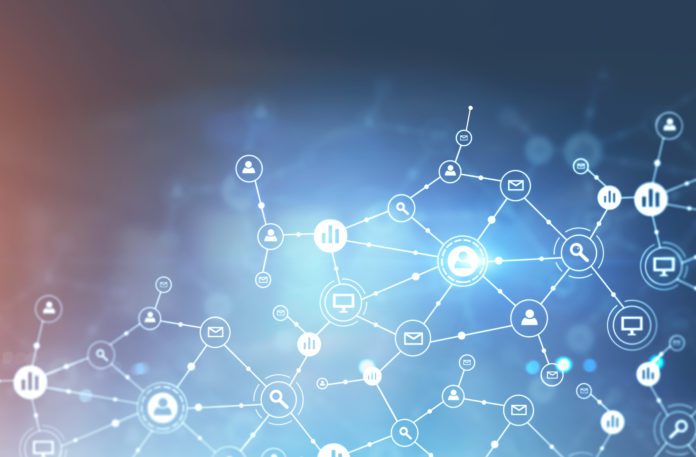Christian Lutz is the co-founder and president of Crate.io, the maker of a distributed open source SQL database for machine data. Lutz is a seasoned entrepreneur with 20+ years of experience in enterprise software.
For a great slice of the public, the term artificial intelligence (AI) immediately draws links to pods in the corners of rooms, lying in wait for you to summon them with a “hello,” “hey,” or “Alexa!”
Such a scenario is a prime example of how the AI term can be used to describe a broad range of applications, from a virtual assistant turning on the dining room lights to the processing and analyzing of data points. However, while AI helps the domestic user do menial tasks around the home, enterprise AI is quickly becoming a staple of the technology stack.
Since the start of the millennium, successive companies have been set up to provide businesses with actionable data to inform the future of the company. One such example, following the recent pandemic, is being able to decipher which conditions inspire the highest levels of productivity from a workforce, using data and planning the company’s hybrid working policy as a consequence.
Taking control of things
Such data points can be categorized as nodes on the Internet of Things (IoT). Although I wouldn’t advise you to call any employees “things.”
Regardless, businesses need to start viewing every internet connection as a point to pull data from and analyze, in order to reach actionable insights. Though employees may be a left-field example, basic sensors, cameras, and microphones in meeting rooms are all smart enough to pull data to analyze and improve from.
The global market for artificial intelligence in IoT will reach $21.7 billion by 2026, demonstrating the opportunity that is at the feet of businesses, according to research from Cision released in August.
A market that size is bound to be dominated by service providers, coming to businesses with the compelling argument of, “Don’t invest in your own business. We’ll do it for you.” But those businesses that embrace the challenge and work with these providers will find success.
By creating strategies around connected devices and the data that is being captured, businesses can base new decisions or recommendations on the new information being received.
See more: Internet of Things (IoT) Security Trends
The incoming IoT revolution
IoT can be a daunting concept for many business leaders. But the buzzword that evokes visions of robot baristas and drones delivering parcels is something that needs to be embraced.
That is because every connected device is gathering data that can be used. For example, the only sensor that you’d imagine street lamps to have is an ambient light sensor. However the data that can be pulled from the most familiar of street fixtures can track when streets are busiest, free parking spots, weather patterns as well as the routes pedestrians take in specific areas.
It is that level of data capture that businesses need to tap into. By 2025, there will be over 75 billion internet-connected devices installed around the world, each pulling data at a rate we have never seen before, according to Statista.
But without the right AI and real-time analytics, that data cannot be leveraged fully. We have seen over the past decade how data can be used to predict rising temperatures or be manipulated to sway elections and big public votes.
In the next decade, there will be an explosion of IoT use cases, pulling data for the next generation of programmers, who can harness, analyze, and understand the information these devices are bringing. Companies will need to deploy new global data hub strategies specifically for sensor data and other automatically generated machine data.
The addition of 5G — with its higher speeds, lower latency, and mature network structure — has also led to an increase in devices at the edge of networks, fulfilling basic analysis in order to speed up the delivery of these actionable insights — also causing a shift from cloud to edge.
In such a huge market, there will be lots of places to specialize in. The enterprise market, for example, is already swarming with analytic providers looking to give businesses the data to base future office designs on, but there are always gaps in markets that are underserved.
The fact is the data revolution, and opportunity, is only about to begin. It has barely started by now. That creates a whole new market for businesses to profit from. But those companies that wish to participate need to start embracing the change now and in turn, will experience new opportunities and a new phase of growth.
See more: Best IoT Platforms & Software



